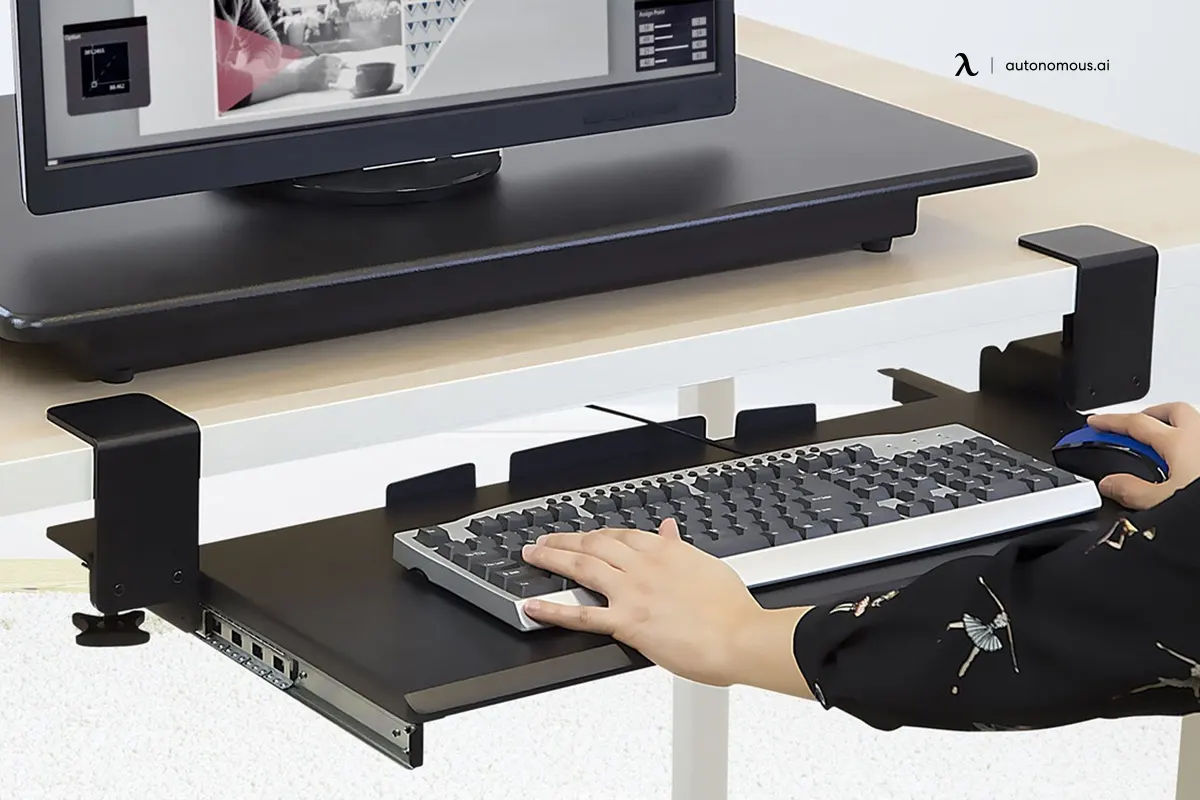
Table of Contents
A cramped workspace can stifle productivity and lead to cluttered chaos. When your laptop, papers, coffee mug, and additional gadgets battle for the same small surface, it’s time to consider how to extend a desk on a shoestring budget. Investing in a brand‑new, oversized desk isn’t always practical—especially if you rent, have limited space, or simply want to experiment before committing.
Fortunately, achieving a spacious, organized setup is easier than you think. With a few inexpensive materials, some basic tools, and a dash of creativity, you can transform a standard desk into a versatile workstation. Whether you need an extra shelf for your printer, a swing‑out keyboard tray, or a fold‑flat platform for an instant side table, there’s a desk extension idea that will suit your style.
In this post, we’ll start by defining what desk extenders are and why they’re a cost‑effective alternative to full desk replacements. Then, we’ll walk through five easy, cheap methods to add surface area, storage, and flexibility to your current setup. By the end, you’ll know exactly how to extend a desk creatively and affordably, turning your cramped corner into an expansive, efficient home office.
How to Extend a Desk?
Below are five step‑by‑step desk extension ideas that anyone can tackle. Each approach focuses on affordability, ease of installation, and versatility—perfect for renters, students, or DIY enthusiasts.
1. Repurpose an Old Door or Shelf as a Desktop Leaf
Materials & Cost Estimate:
- Second‑hand interior door or solid wood shelf ($10–$30)
- Four L‑brackets ($5–$10)
- Sandpaper, paint or stain (optional, $10)
Steps:
- Find the Right Piece: Scour garage sales, thrift stores, or “free table” listings for an old pine door or sturdy shelf roughly matching your desk’s height.
- Prepare the Surface: Sand down rough edges and apply a quick coat of paint or stain to suit your décor. Let it dry completely.
- Position & Mark: Place the repurposed board flush against the side or back of your desk, and mark where the brackets will go.
- Install Brackets: Screw two L‑brackets to the underside of your existing desk and two to the new board, ensuring the height aligns perfectly.
- Attach & Secure: Slide the leaf onto the desk‑mounted brackets and secure with screws. Test for stability by applying gentle pressure.
Why It Works:
This hack creates a seamless “leaf” extension for a fraction of the cost of a custom table. Use it for extra mouse space, paperwork, or even a small coffee station. When not in use, the leaf can double as an art display or shallow console table.

2. Install Floating Shelves at Desk Height
Materials & Cost Estimate:
- 2–3 shallow floating shelves or floating shelf kits ($10–$25 each)
- Wall anchors and screws (included or $5–$10)
- Level & measuring tape (you may already have these)
Steps:
- Choose Your Layout: Measure the length of your desk and decide how many shelves you need. Typically, 8–10 inches deep works best for books, notepads, or small desk gadgets.
- Find Wall Studs: Use a stud finder to secure shelves to studs, ensuring they can bear weight. If studs aren’t available, use heavy‑duty drywall anchors.
- Mark & Level: Mark shelf heights to align them flush with your desk surface. Use a level to draw a straight installation line.
- Mount the Brackets: Install the floating shelf brackets to the wall according to the kit instructions, checking for level at each point.
- Slide on the Shelf Boards: Once brackets are secured, slide the boards into place. Test stability, then arrange supplies or decor on top.
Why It Works:
Floating shelves create an instant horizontal expansion without touching your small desk. Items you frequently access—binders, reference books, speakers—move off the desktop, while decorative elements like plants add personality.
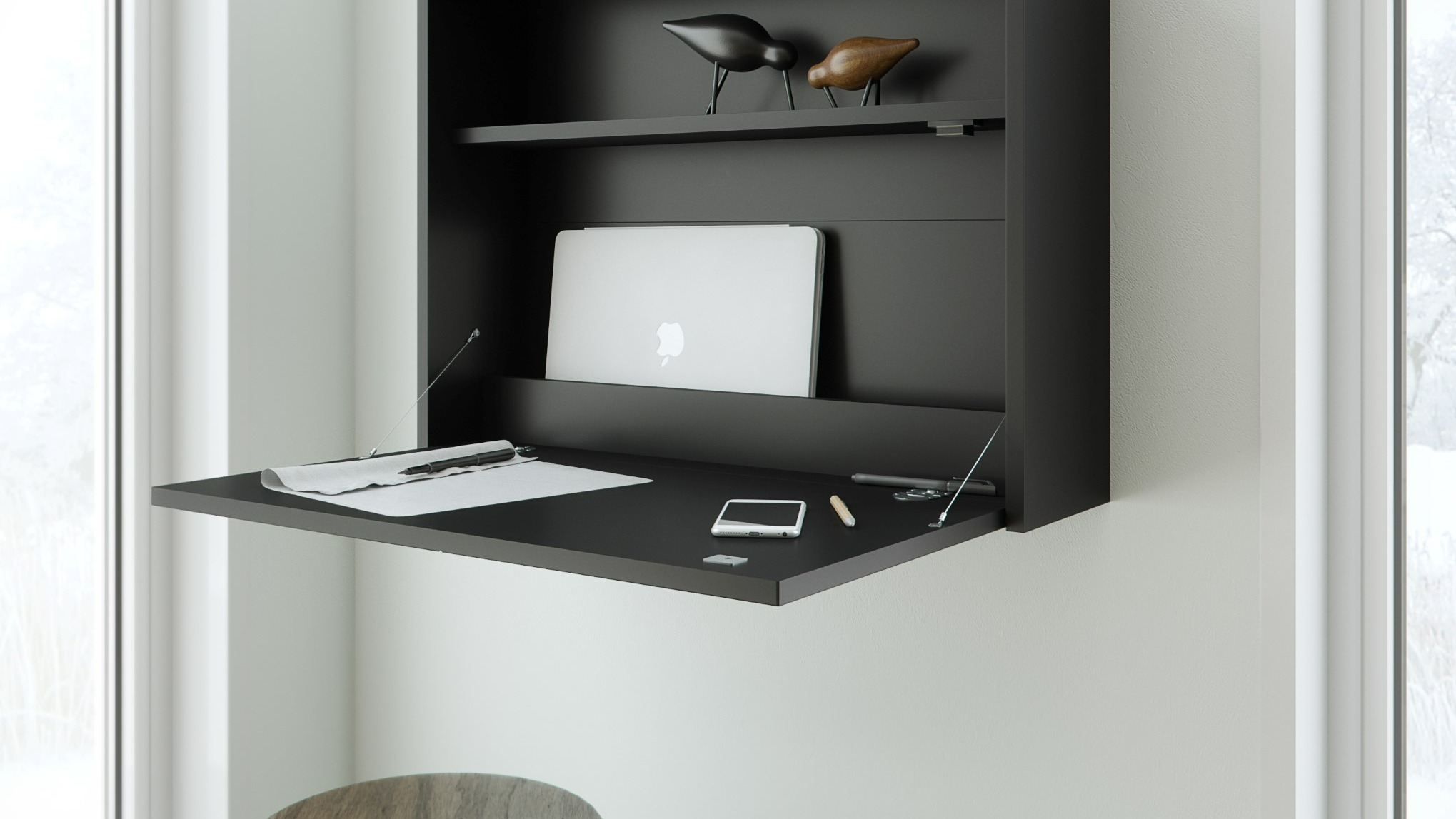
3. Add a Clamp‑On Keyboard Tray or Side Platform
Materials & Cost Estimate:
- Clamp‑on keyboard tray or clamp‑on platform ($15–$50)
- Hex key or screwdriver (usually included)
Steps:
- Measure Desk Thickness: Confirm your desk edge thickness falls within the clamp’s range (commonly 0.4″–2″).
- Position the Clamp: Slide the open clamp onto the desired edge—front for keyboard trays, side for mouse platforms or small tool stations.
- Tighten Securely: Use the provided tool to tighten the clamp until the platform is firmly fixed.
- Adjust Height & Angle: Many models offer tilt or height adjustments—configure for ergonomic comfort (elbows at 90° for typing).
Why It Works:
A desk extender that clamps on requires no drilling, making it perfect for renters. A slide‑out tray frees up desk real estate, while a side platform creates a dedicated zone for writing, sketching, or phone charging—without sacrificing your main surface.
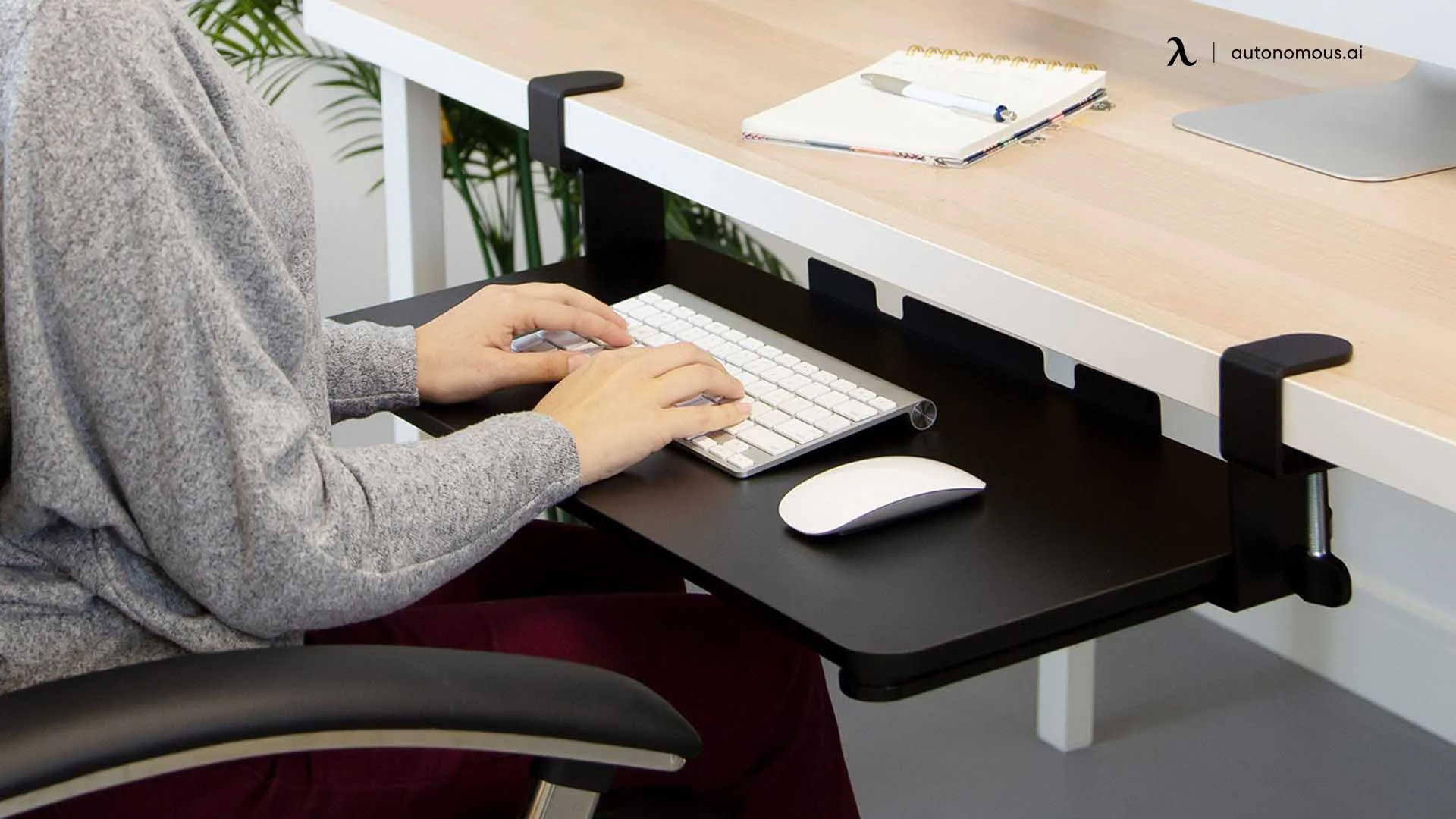
4. Invest in Affordable Ready‑Made Extensions
A small wheeled cart, desk converter or a stackable riser set can serve as a flexible extender. Tuck the cart next to your desk and use its shelves for printers, supplies, or a secondary surface. Risers under a monitor or laptop create storage space beneath—perfect for stashing notepads, chargers, or a keyboard when not in use. Both options roll or slide away when you need a cleaner footprint.
Here are some top products you can consider:
5. Slide‑Out Under‑Desk Drawers and Caddies
Materials & Cost Estimate:
- Under‑desk slide‑out drawer unit or plastic drawer set ($20–$35)
- Under‑desk fabric or mesh caddy ($10–$20)
Drawer Units Steps:
- Position the drawer unit beneath your desktop, flush against the edge.
- Pull out fully and place papers, notebooks, or small office supplies on top.
- Slide back under when not in use for a clean look.
Hanging Caddy Steps:
- Attach with adhesive hooks or under‑desk brackets (included).
- Hang fabric pockets or mesh bins to hold pens, notebooks, chargers, and cables.
- Adjust compartment placement to suit your workflow.
Why It Works
Under‑desk solutions reclaim the often‑ignored space below your desktop. Slide‑out drawers double as extra surface when open, while hanging caddies keep essentials at your fingertips without creeping onto the main desktop. Both approaches maintain a streamlined desk with extension that looks tidy.
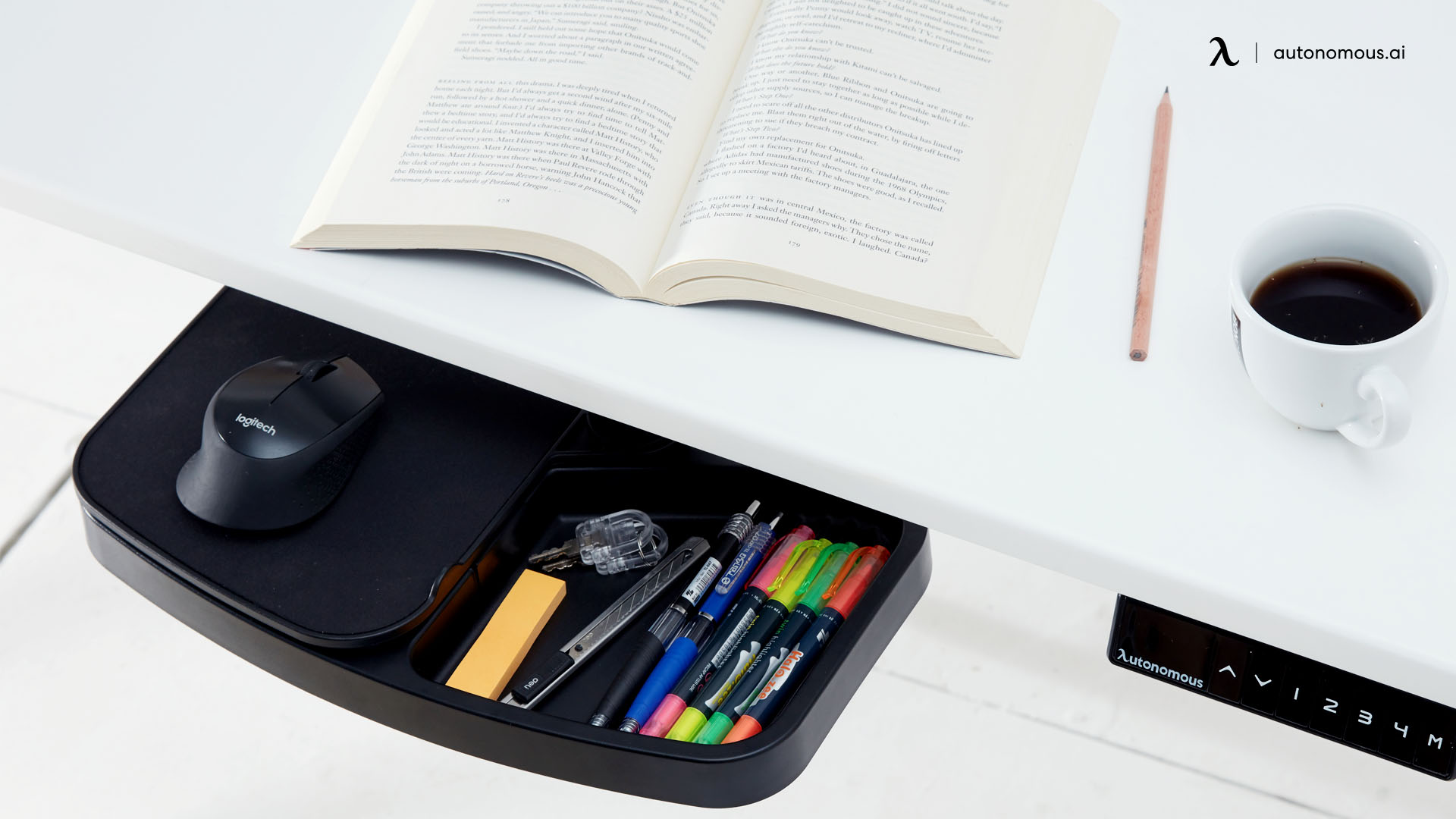
Other Ways to Maximize Your Minimal Desk Space
Having a little work area space will constrain you to remain profoundly coordinated. Rather than putting things to the side to sort or record later, it would help if you assumed responsibility for possible mess before it assumed responsibility for your corner home office desk. The following are a couple of ways of assisting you with expanding your desk space.
Go Completely Digital
One of the large enhancements individuals have made to assist themselves with remaining useful with little work area space is moving from simple to advance. The issue with this basic stuff on a small desk setup is that it requires a great deal of work to keep documents coordinated and pick up the right material when you want it. You can keep each of your archives, research articles, and photographs in a computerized structure on your PC by going digital.
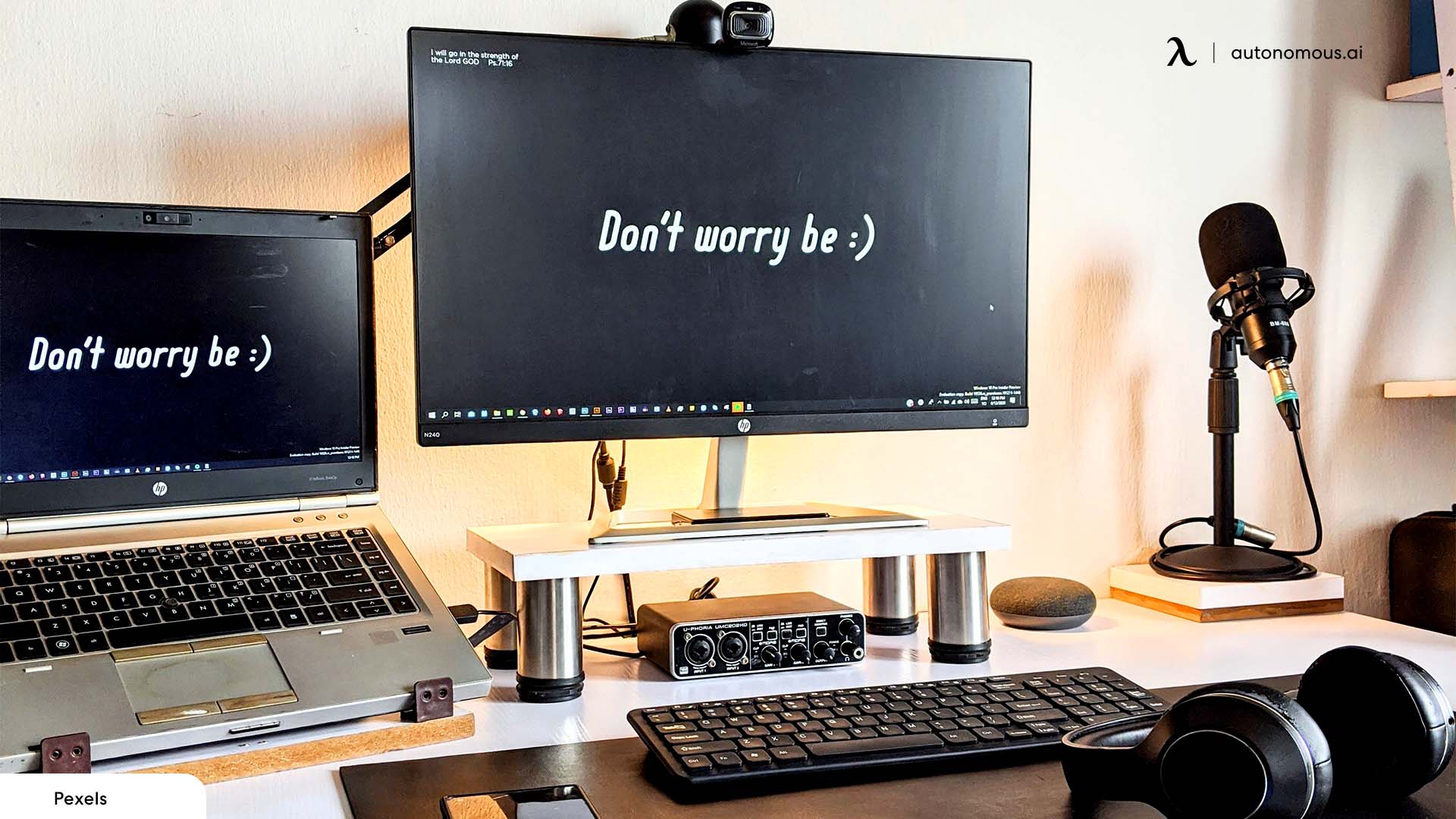
Start Getting Rid of Stuff
Is it safe to say that you are truly going to see that pile of old magazines or papers once more? Do you figure you will at any point utilize your compressed memory drive once more? Sooner or later, it's an ideal opportunity to dispose of stuff you don't require and get your work area space back. It will certainly generate some extra desk space for you to work freely.
Make a Permanent Clean Desk Rule
It would help if you got your work area toward the end of the day, free from every clutter. At whatever point you have a huge tumultuous work area, this could be unfathomable. You might be looking for ways of how to extend desk space, and you will likewise want to keep your papers and different materials organized with the goal that you can, without much of a stretch, observe what you want when the time has come to get materials out again to chip away at them. A little work area space appears to be much clearer when you keep it tidy.
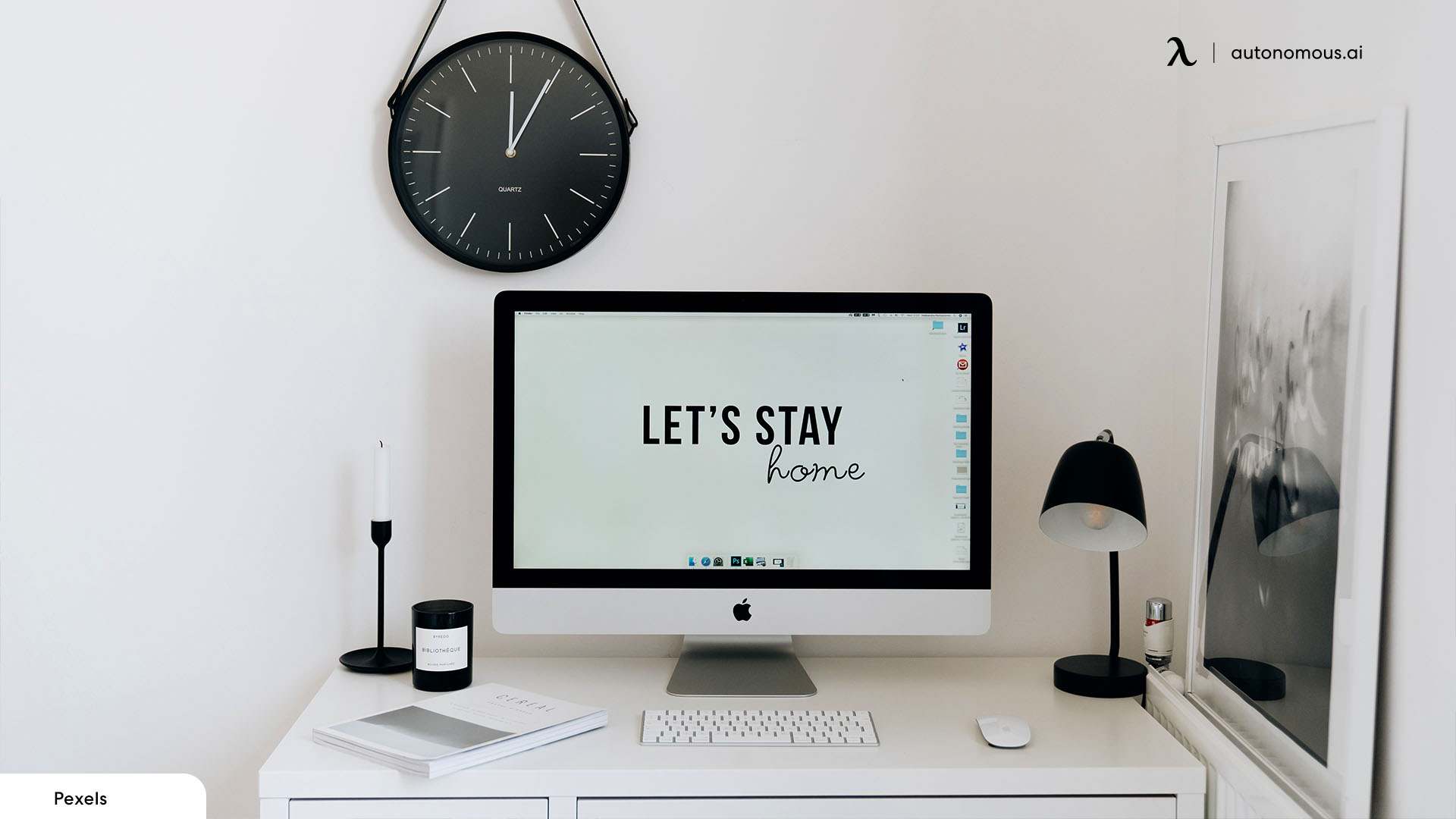
Watch out Below
Even though my work area space isn't extremely enormous, there is an equivalent floor space under the work area. The vast majority underutilize this significant extra room. It's a convenient spot to keep things close yet far removed. Utilize the forgotten under-the-work area space to get things off your work area so you can utilize all of your work area space gainfully as a work surface.
Send Stuff to Storage
Another way of how to extend a small desk is moving stuff. Make a bookkeeping page of each of the things you want to keep and what you want to put away. It may require a couple of moments to decide what stays in your storage boxes and mark things with your name to make them. So it is simpler to get back, assuming you want them once more. Store stuff you seldom utilize away from your office to give yourself more work area space and lift your efficiency.
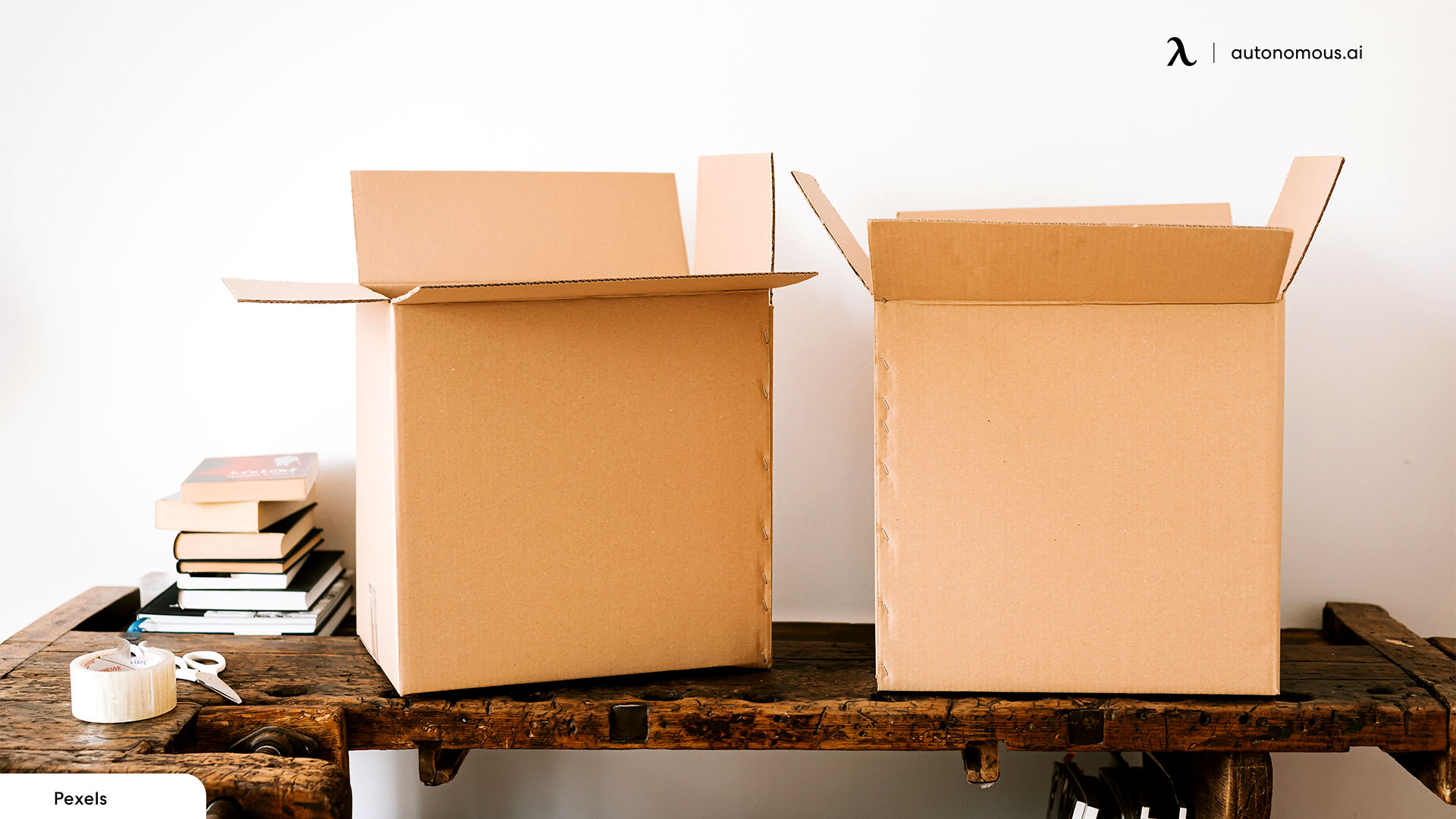
Recoil Down
Utilize more modest hardware, for example, a PC or tablet that can undoubtedly help when you move or set aside to boost the accessibility of your work area space as a work surface. Dispose of the gear you don't require, like an individual printer, if you can use an elective on the association. You don't need a large home office desk to keep things in place, but you need to de-clutter the small desk available.
Use an Ergonomic Arrangement
Organize the things around your work area dependent on how long you spend utilizing them to extend desk space. For many people, the most noteworthy need ought to be to organize your seat and PC in the ideal area at your work area since this is where most of your time is spent. Utilizing an ergonomic office standing desk can be a great way to do this.
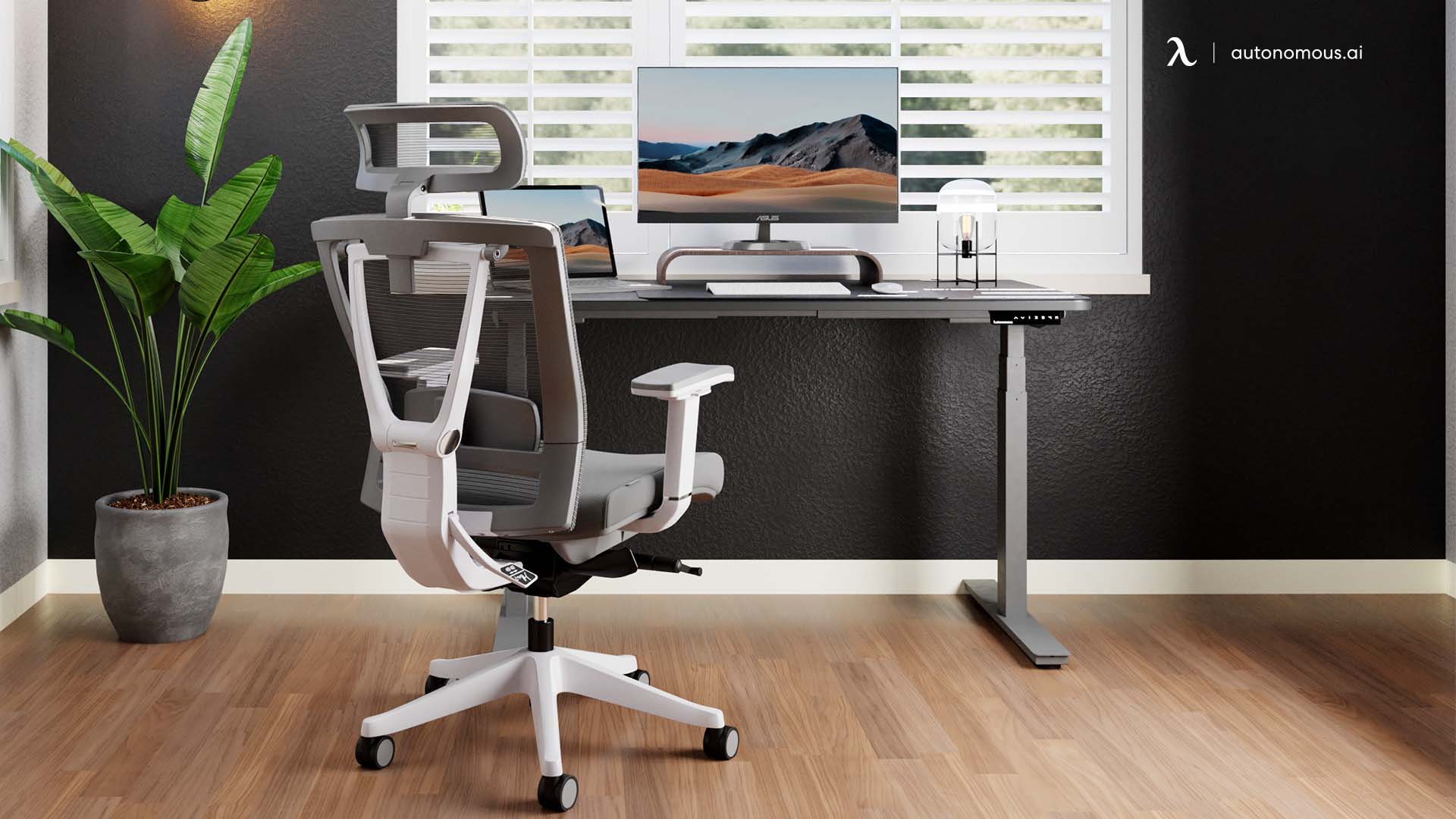
Make Some Cord Control
Here is another way to extend desk space. Try not to let wild links, power strings, and power supply blocks gobble up your important work area space. Course links behind gear and under the work area to keep them off your work area space, and utilize link connections to keep links where you need them.
Scrape it Down
If you want to keep paper reports, dainty those down to keep just the ones you truly need. Then, at that point, sort out these significant papers on your tall desk so you can think that they are later without much of a stretch.
Reuse, recycle
Utilize reused things for convenient coordinators and capacity. For example, plastic food holders can store office supplies and different equipment. Shoeboxes make extraordinary capacity holders for bigger office supplies and venture materials. Assuming you don't care for utilizing cardboard shoe boxes, you can get economical clear plastic boxes to see what is inside.
An exceptional, coordinated work desk can assist with setting up concentration and upgrade usefulness when changing to telecommuting or finishing review. Indeed, a workspace is a little extravagance, however one you can bear even in a little space. Assuming that you don't have a devoted room, you can, in any case, get one into your home. We hope that our tips to extend desk spaces saved you a lot of time and helped you figure out ways to maximize your desk space.
Keynote Takeaways
A desk extender could entirely change your posture while working, helping you eliminate pain and tension. In addition, it’s also ideal to organize your office accessories better, so pick yours and incorporate it into your workstation!
Stay connected with us!
Subscribe to our weekly updates to stay in the loop about our latest innovations and community news!
Interested in a Link Placement?
Spread the word
.svg)

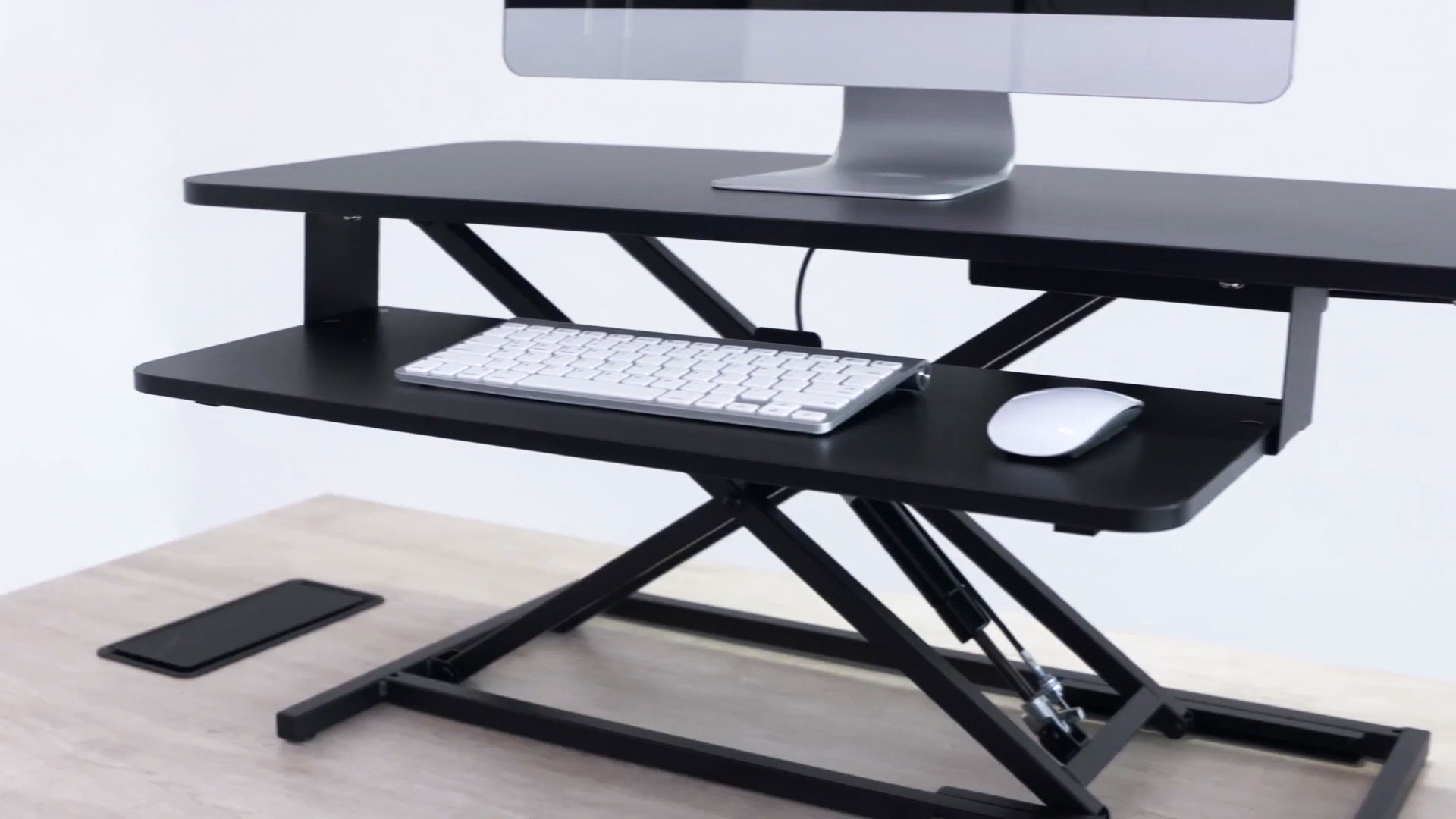

84851898-cdff-4351-b313-305fd73f585d.jpg)
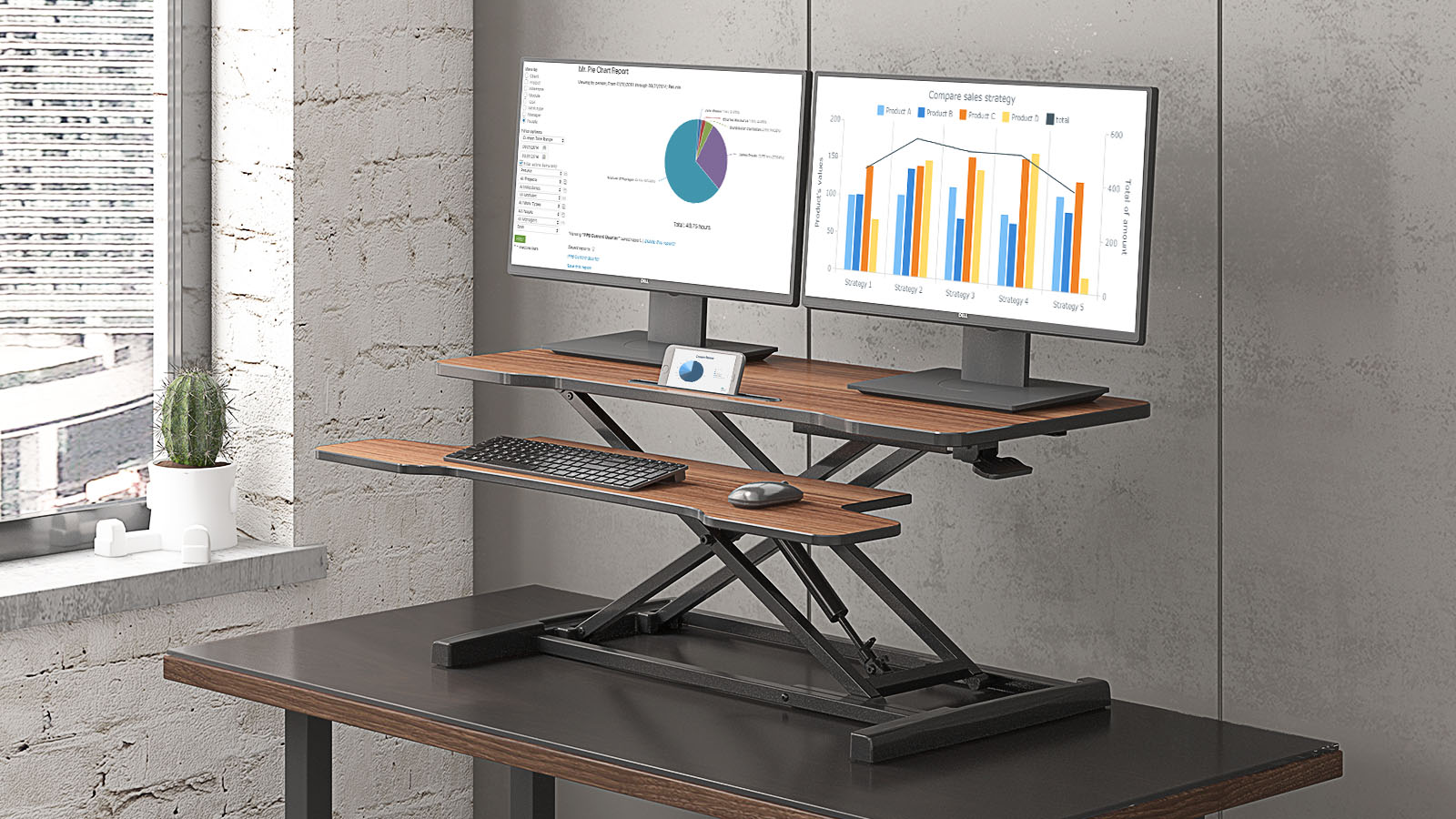
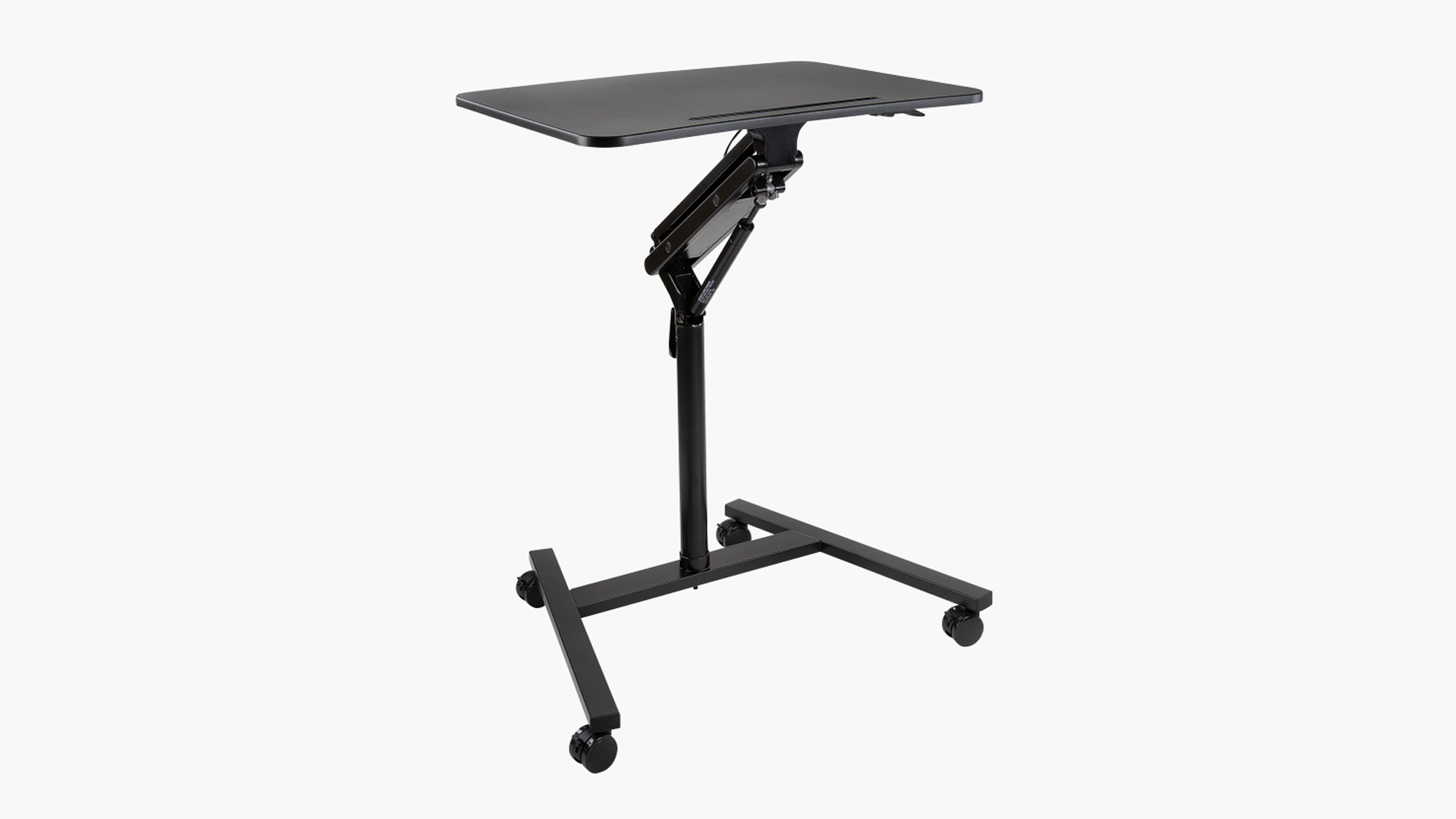


/https://storage.googleapis.com/s3-autonomous-upgrade-3/production/ecm/230914/bulk-order-sep-2023-720x1200-CTA-min.jpg)

/https://storage.googleapis.com/s3-autonomous-upgrade-3/static/upload/images/new_post_author/admin-1.png)